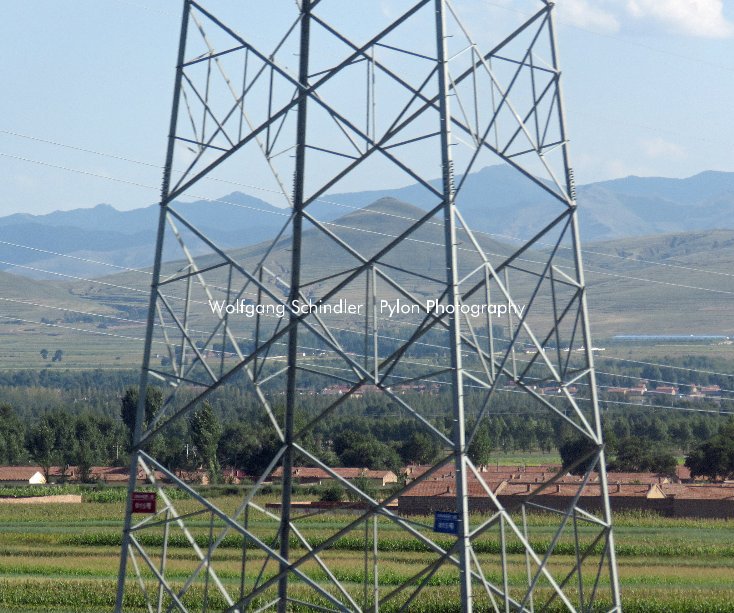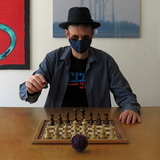Pylon Photography
de Wolfgang Schindler
Este es el precio que tus clientes ven. Editar lista de precios
Acerca del libro
A train passes THROUGH a landscape, the passengers of the train pass BY the landscape: they look out of the windows on the sides of the carriages and do not perceive the landscape as surrounding space, but as an image that shifts horizontally to their own visual axis within the fixed frame of the window. This image is by no means flat like a painting on the wall, but rather a stage set, for it conveys a strong impression of spatial depth through its apparent movement.
When, almost two hundred years ago, tracks began to be laid from place to place for the newly invented steam locomotives, creating a network that would soon span the globe, it could not yet be foreseen how much the new mode of fast travel would also change the experience of seeing. The world was now moving rapidly past us without us contributing anything to this movement and our perspective was constantly changing, while at the same time our own viewpoint became the stationary center at the edge of the now inaccessible landscape.
So it was obvious then, as it is now, to want to capture this spectacle with the photo camera, which was invented in the same time as the railway. But what seems simple at first glance turns out to be difficult on closer inspection, because many other technical achievements of the modern age also spread along the ramified railway network: electricity, telegraphy and initially also the automobile found their way into the world along the railway lines. That is why the railway network is lined with roads, fences and pylons of all kinds, including of course the electricity pylons and lines of the now mostly electrified railway itself, which do not allow the viewer a clear view of the landscape behind.
When, almost two hundred years ago, tracks began to be laid from place to place for the newly invented steam locomotives, creating a network that would soon span the globe, it could not yet be foreseen how much the new mode of fast travel would also change the experience of seeing. The world was now moving rapidly past us without us contributing anything to this movement and our perspective was constantly changing, while at the same time our own viewpoint became the stationary center at the edge of the now inaccessible landscape.
So it was obvious then, as it is now, to want to capture this spectacle with the photo camera, which was invented in the same time as the railway. But what seems simple at first glance turns out to be difficult on closer inspection, because many other technical achievements of the modern age also spread along the ramified railway network: electricity, telegraphy and initially also the automobile found their way into the world along the railway lines. That is why the railway network is lined with roads, fences and pylons of all kinds, including of course the electricity pylons and lines of the now mostly electrified railway itself, which do not allow the viewer a clear view of the landscape behind.
Sitio web del autor
Características y detalles
- Categoría principal: Fotografía artística
- Categorías adicionales Arquitectura, Viajes
-
Características: Apaisado estándar, 25×20 cm
N.º de páginas: 180 - Fecha de publicación: oct. 27, 2021
- Idioma English
- Palabras clave Transmission, Electricity, Architecture, Alchemy
Ver más
Acerca del creador
Wolfgang Schindler
Hamburg, Germany
Wolfgang Schindler was in born in Hamburg, Germany, in 1962. He learned to read and write in the sixties. All of the seventies he spent in school. In the eighties he worked as a postman and as a salesman, then went to university to study architecture, arabic, and arts. During the nineties he called himself an artist and he helped organizing exhibitions for other artists. In the first decade of the twenty-first century he had to close the showroom and worked again as a postman. All his life he carried a camera and took thousands of photos. He still lives in Hamburg.


